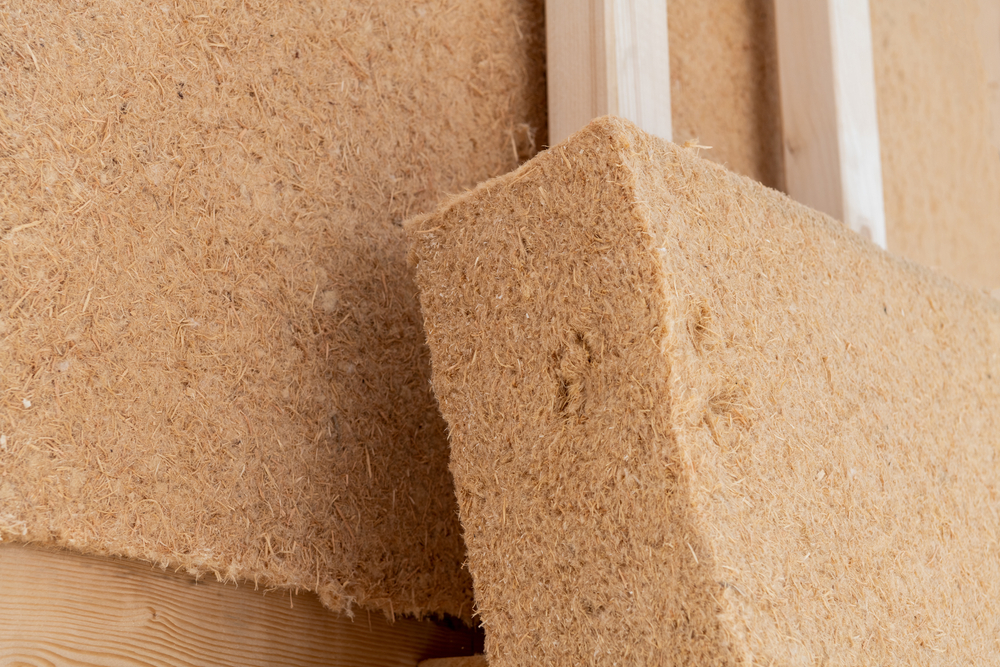Biomaterials are paving the way for sustainable net-zero architecture
Recent architecture trends involve the harnessing of biomaterials for the sake of a sustainable future

The construction sector is striving to become more sustainable in the face of the climate crisis, and the bioeconomy is playing a significant role in this effort. Archdaily discussed how biomaterials, which are building materials derived from living organisms like plants, animals, and fungi, are gaining recognition for their potential in creating a net-zero architecture.
Biomaterials offer opportunities to create a circular and sustainable way of building because they are biodegradable, store CO2, and reduce the carbon footprint of buildings. They have also been found to benefit the well-being of users. Examples of biomaterials in construction include hempcrete, which can be used for enclosures, and timber, which is being explored in innovative ways, such as in high-rise buildings.
Another emerging area of biomaterials technology is the use of fungi and other organic substances for structural elements. For instance, the HyFy Experimental Pavilion utilised mycelium bricks grown from shredded corn stalks in just a week. The Elephant Theater Pavilion experimented with bricks made from elephant ordure mixed with other materials. These biomaterials have unique properties that contribute to the vision of materials that can autonomously remodel, regenerate, grow, and adapt to their environment.
Related: Going green from start to finish
Overall, biomaterials represent a shift towards a more sustainable and dynamic built environment, where materials play an active role in responding to changing needs and reducing environmental impact.
New synthetic biomaterials for construction blur the line between natural and artificial. Examples include autogenic healing concrete, which contains bacteria capsules that fill cracks with limestone. Sustainable biomaterials, as defined by science, technology, and engineering platform Tomorrow City, are crucial for reducing environmental impact in cities.
The Breathe Brick acts as an air filtering system, while the Bee Brick supports bee colonies. Other sustainable biomaterials include microalgae facade systems, fungi-based bricks, and potato peel insulation. Circular use of biomaterials is important for reducing waste in urban environments. Currently, many urban materials have low recyclability, but integrating components that facilitate recycling would greatly improve the process.
Designers and architects are utilising innovative biomaterials to create sustainable and carbon-negative products and structures. Travel newsletter Design Hotels reported biomaterials offer biodegradability and carbon dioxide storage. They can replace non-renewable resources like steel, cement, and plastic.
Algae, which absorbs significant amounts of carbon dioxide, can be processed into various plastic-like materials. Hemp, known for its strong fibres, can be used to construct buildings and has a carbon-negative impact. Mycelium, the root-like system of fungi, is used by brands like Stella McCartney as a leather alternative and offers insulation and acoustic value. Salt, a simple biomaterial, is being used as naturally fireproof tiling in building interiors. These biomaterials provide sustainable and often superior alternatives to traditional options.
The Property Report editors wrote this article. For more information, email: [email protected].
Recommended
6 green real estate projects reshaping Asia’s future
Developers are being incentivised to push a green agenda into daring new realms
ARES White Paper Volume 3: The era of adaptive reinvention
Pioneering sustainable and innovative practices in urban development
ARES White Paper Volume 2: Unravelling the power of data revolution in real estate
Insights on proptech, smart cities, and sustainable development
ARES Digital White Paper Volume 1: The fundamentals of responsible building
Green and climate heroes join forces to discuss how Asia Pacific can weather the current environmental crises and the looming effects of climate change






